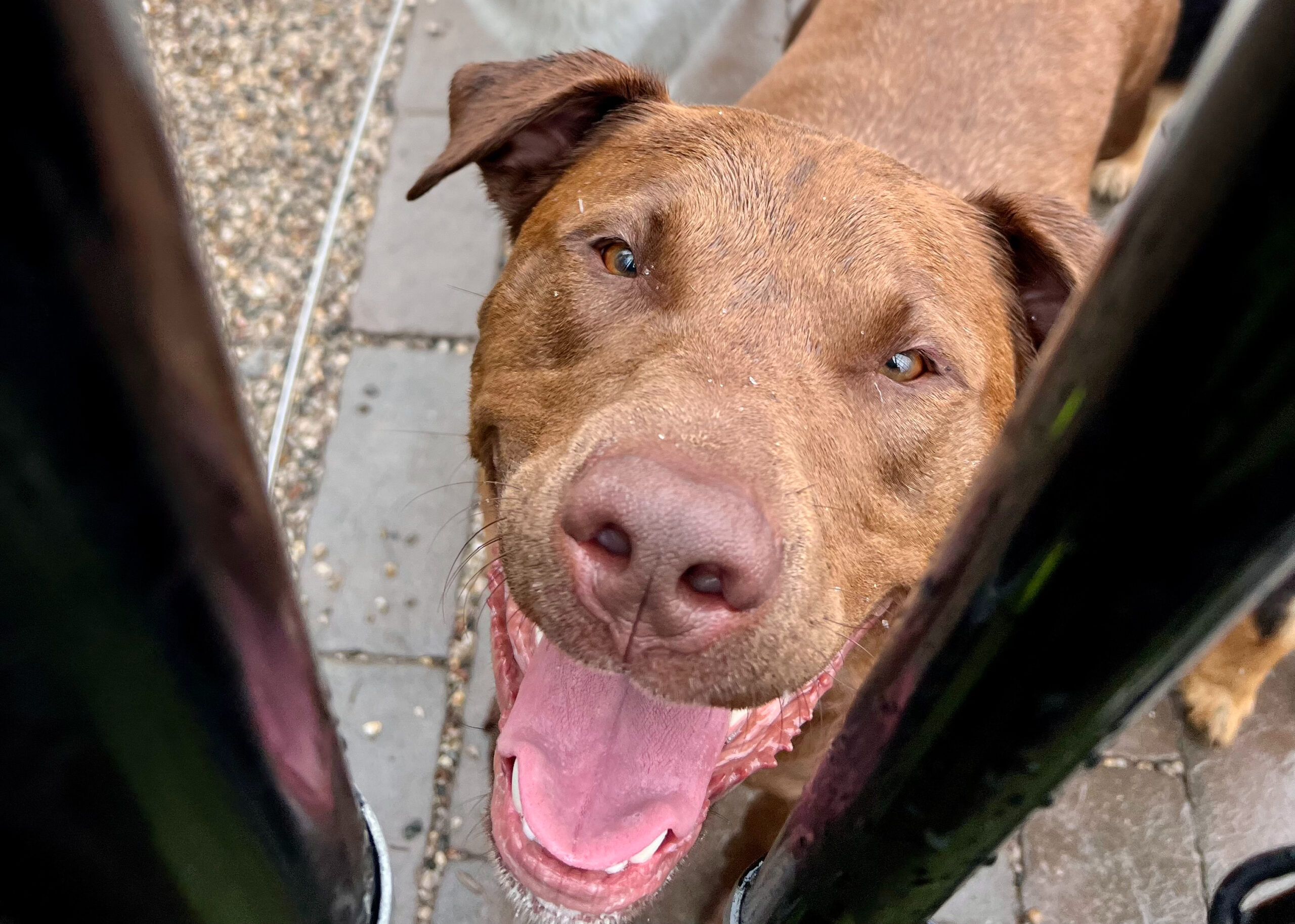As much as we’d love to spend every moment with our furry friends, sometimes we need to leave them alone or while visiting The Pack Indoor Dog Park, you may want to step out into our people dining space for a moment to grab a bite to eat or drink. Unfortunately, some dogs suffer from separation anxiety. But is that true for your dog or is it something else?
Separation anxiety is a fear and like fears in us, it’s necessarily rational which is why even though you always return, they still experience the fear when you’re away. Signs of true separation anxiety include:
- Dog appears stressed
- Pacing
- Excessive drooling or foaming at mouth
- Uncontrolled panic barking that goes on and on
- When at home in a crate: vomiting, harming themselves or destroying their crate, or chewing on themselves
Dogs with a true separation anxiety phobia will often display several of these signs at the same time and the signs will be more than a mild to moderate level. If you dog has true separation anxiety, as a fear, this will take some time to overcome. You can very slowly building up to leaving your dog and often a trainer can help you with these strategies.
If your dog is is barking at you when you leave the park to grab a beverage, but isn’t displaying these more extreme signs, you probably have an easier to solve barking problem on your hands. Here are some things you can do:
- Consider what’s happening at home: Does your dog bark for your attention at home? Do they bark when it’s time to eat, they want attention, to play with you, etc.? If so, how do you handle this at home? Refrain from rewarding barking at home with toys, treats, or talking to your dog (even “negative” attention can reinforce the behavior). If your dog begins barking for attention, use a lead to escort them out of the space. Wait for your dog to display calm behaviors and reward that with playing, petting, treats or other attention your dog prefers.
- If you have a young dog or puppy, begin crate training your puppy. It’s a great, safe place for your dog to learn to be calm. Consult a trainer if you need help with crate training your puppy.
- Be consistent – refrain from talking or yelling at your dog when barking at you for attention at The Pack or at home. If this behavior has been going on for an extended time with your dog, it will take time and dedication on your end to change your dog’s learned behavior, but it’s possible!
Our team is always available to give you additional support in working with your dog and we also have trainers on our team to support you. And you can of course order your drinks from within our dog park by scanning a QR code on the wall for a delivered drink from the bar or from our Dog House patio bar during the Summer if your dog isn’t ready yet for you to leave them.


Such great information!! Thanks for the good read 🙂
I’m so glad you enjoyed it! Thank you for the comment!